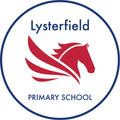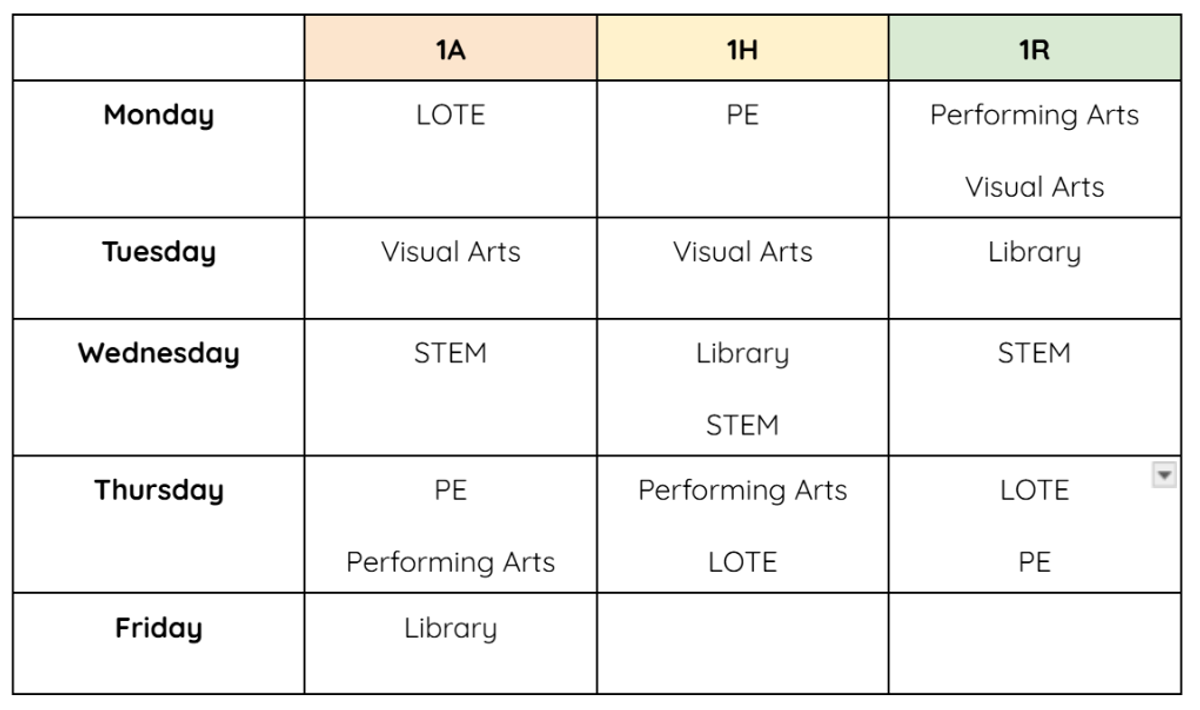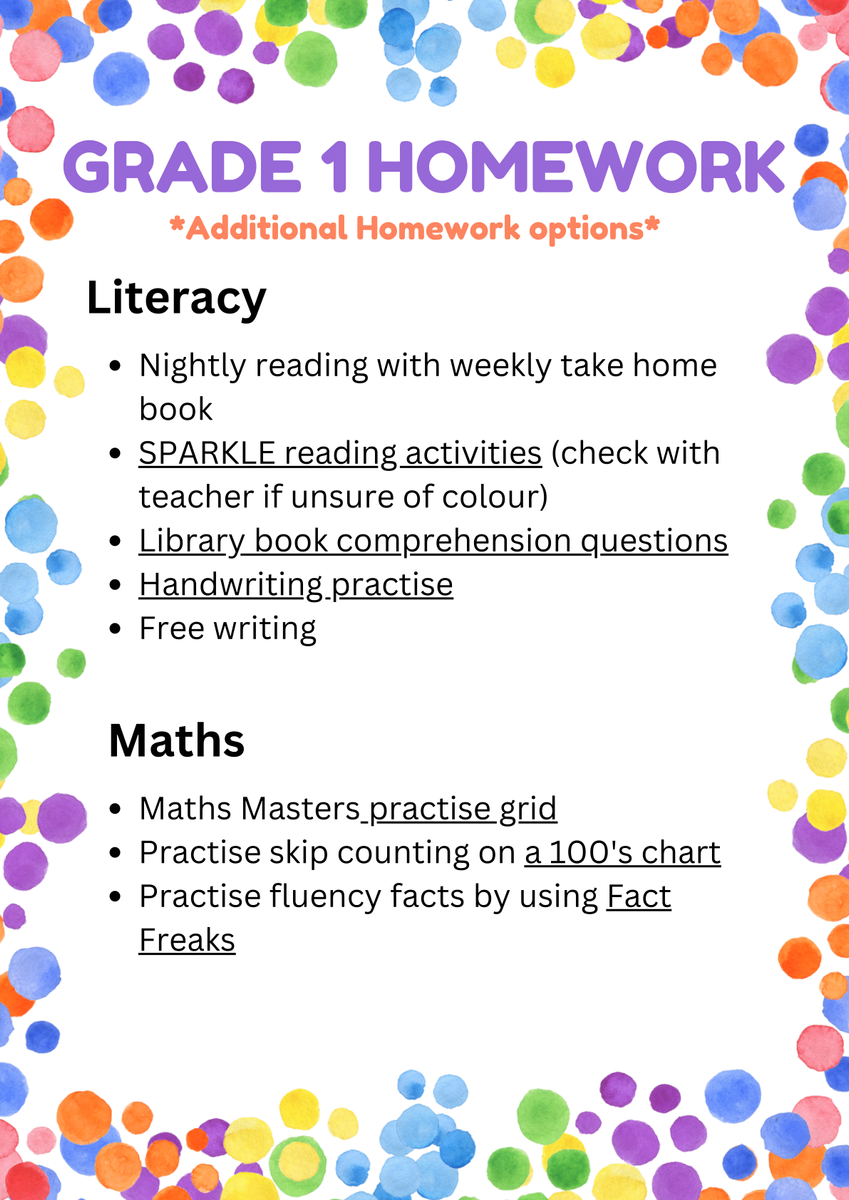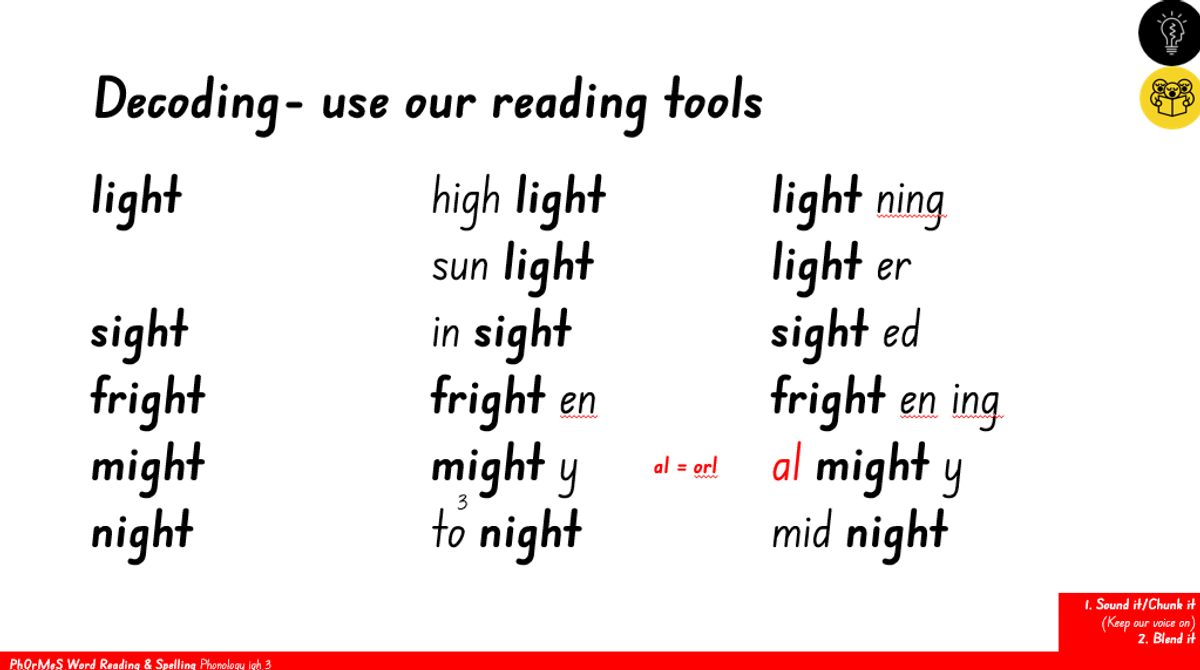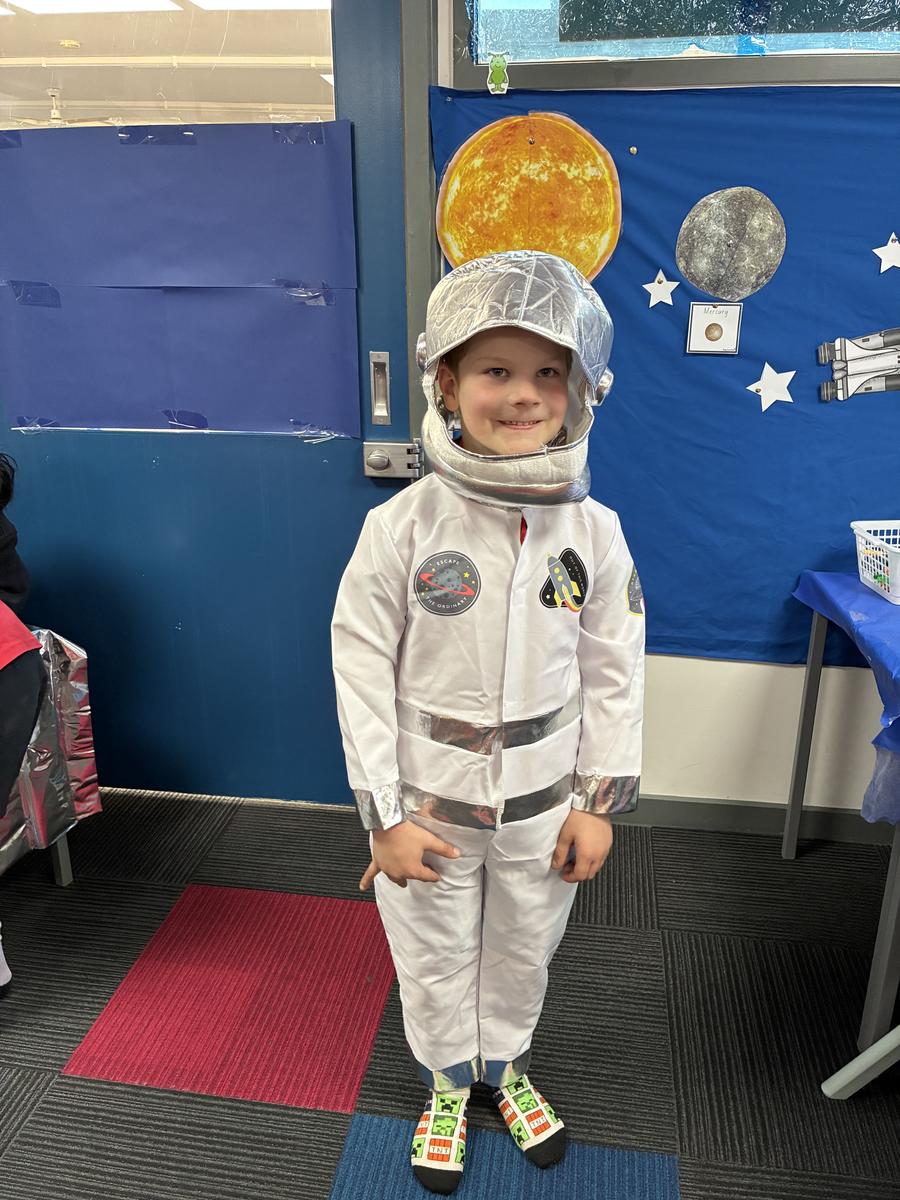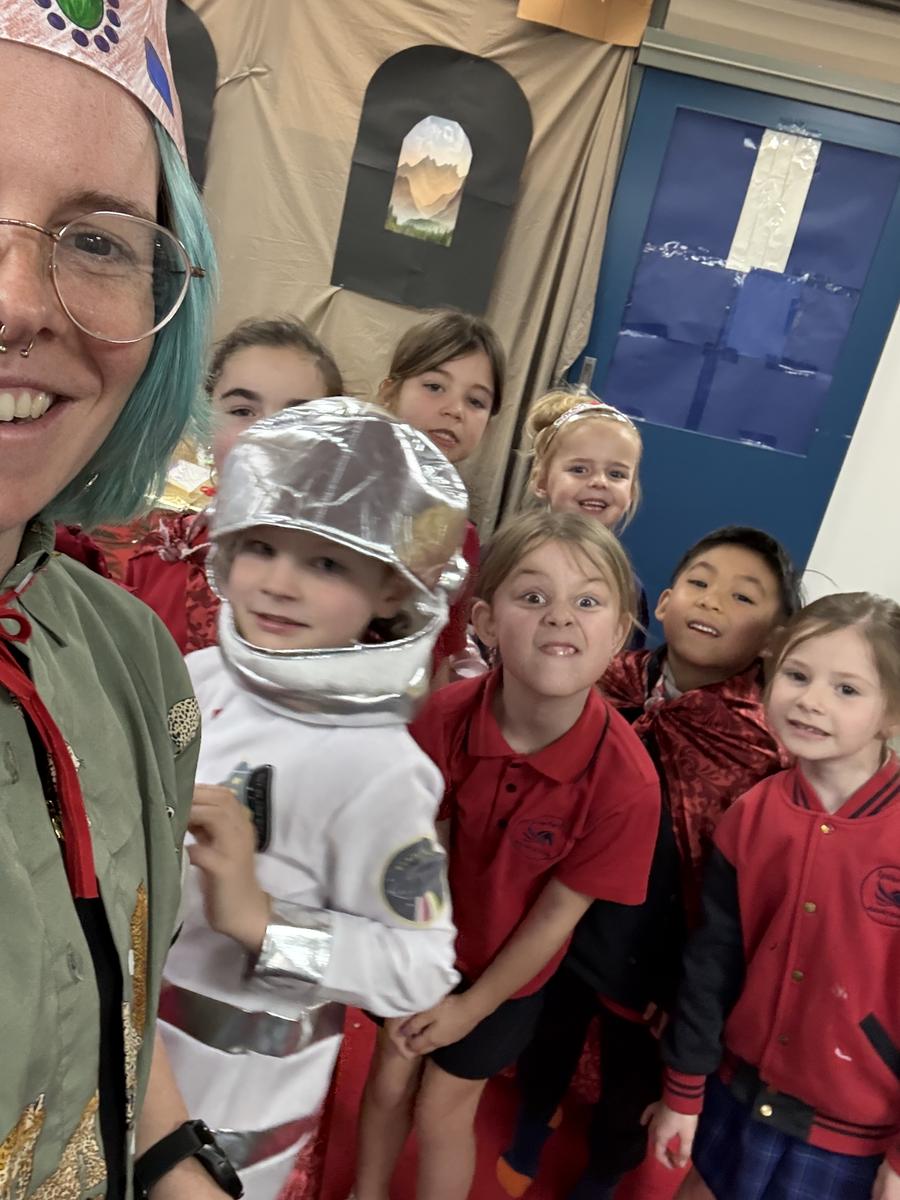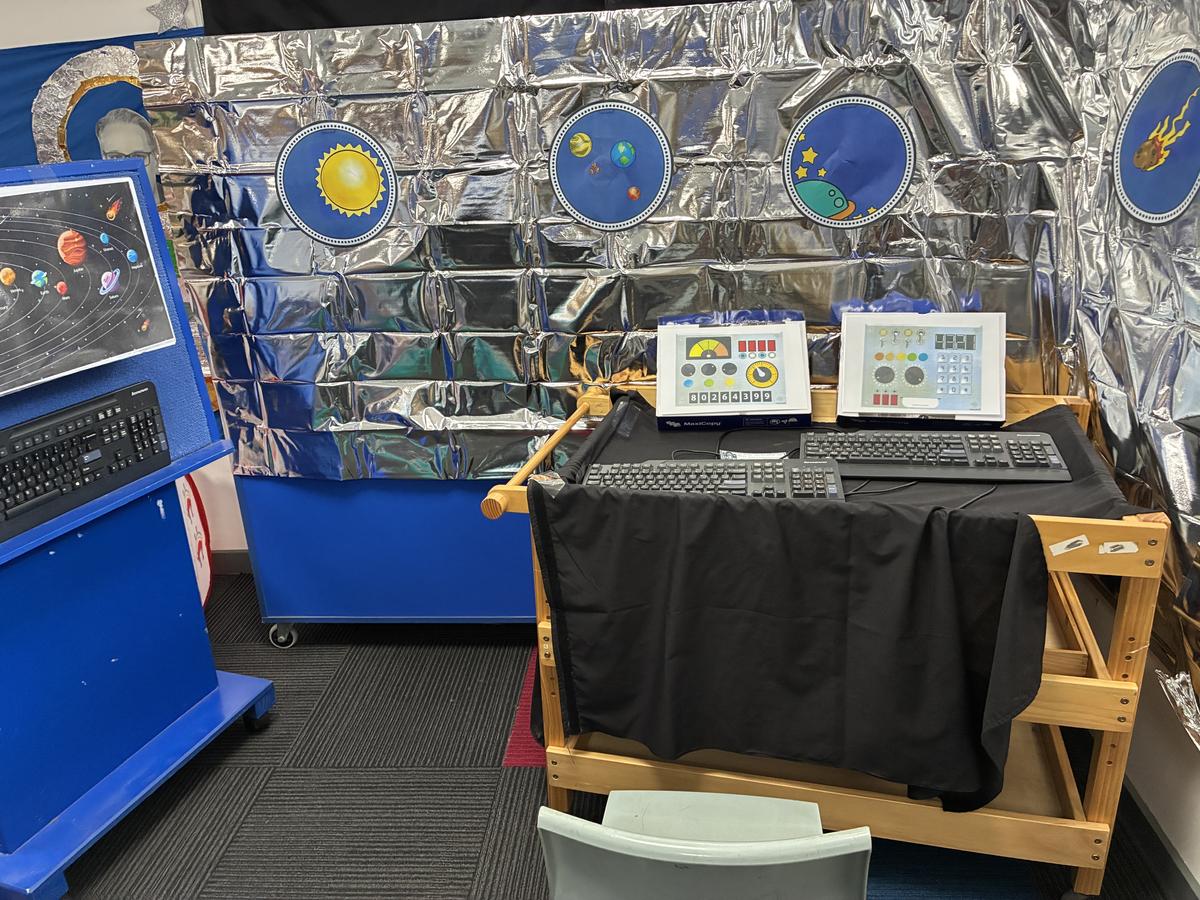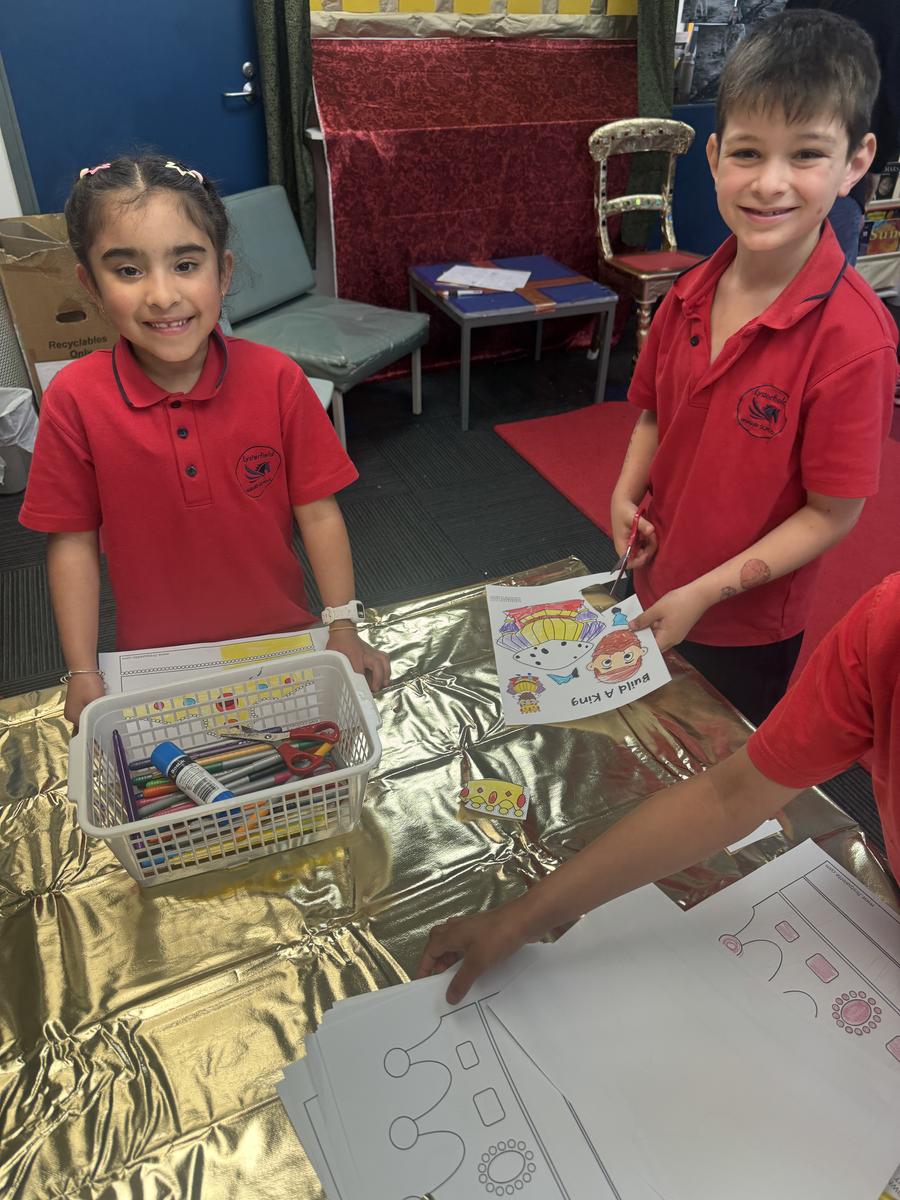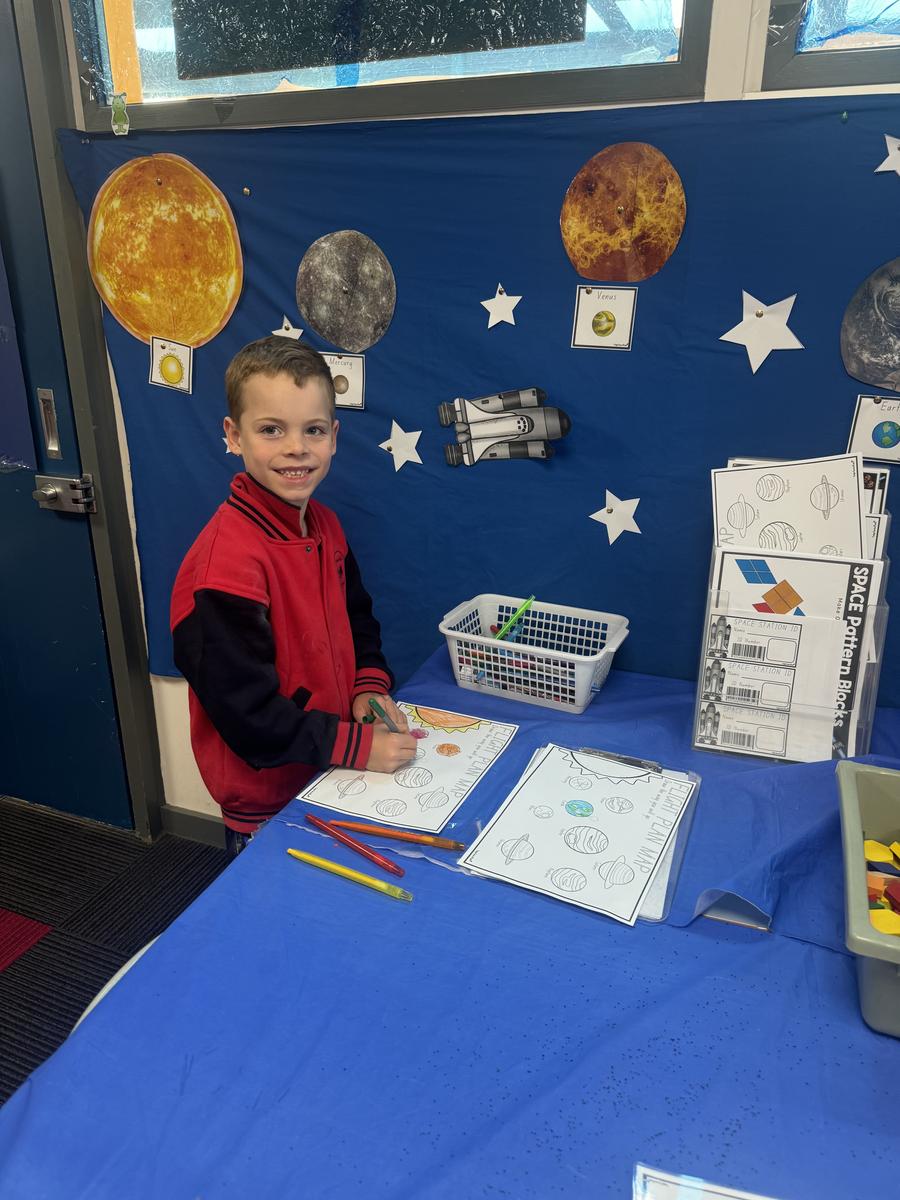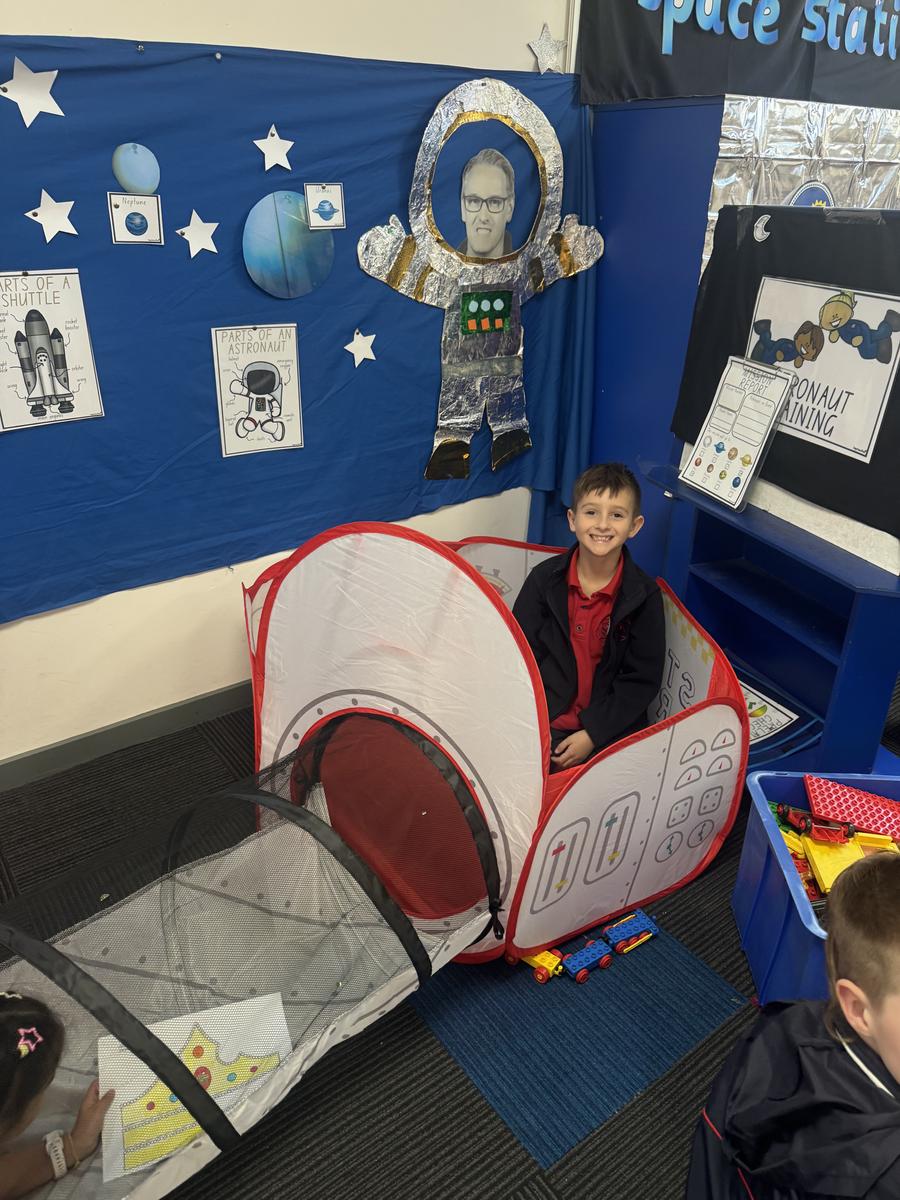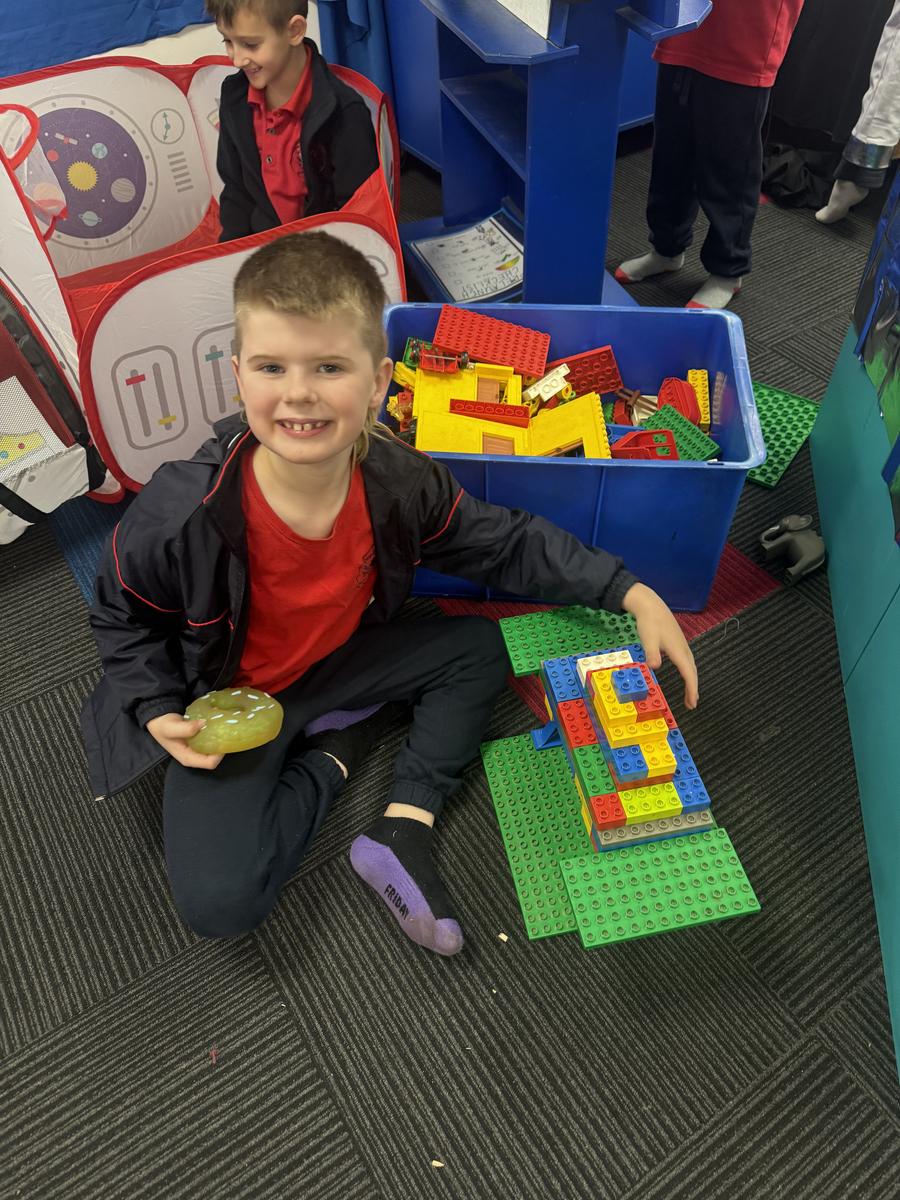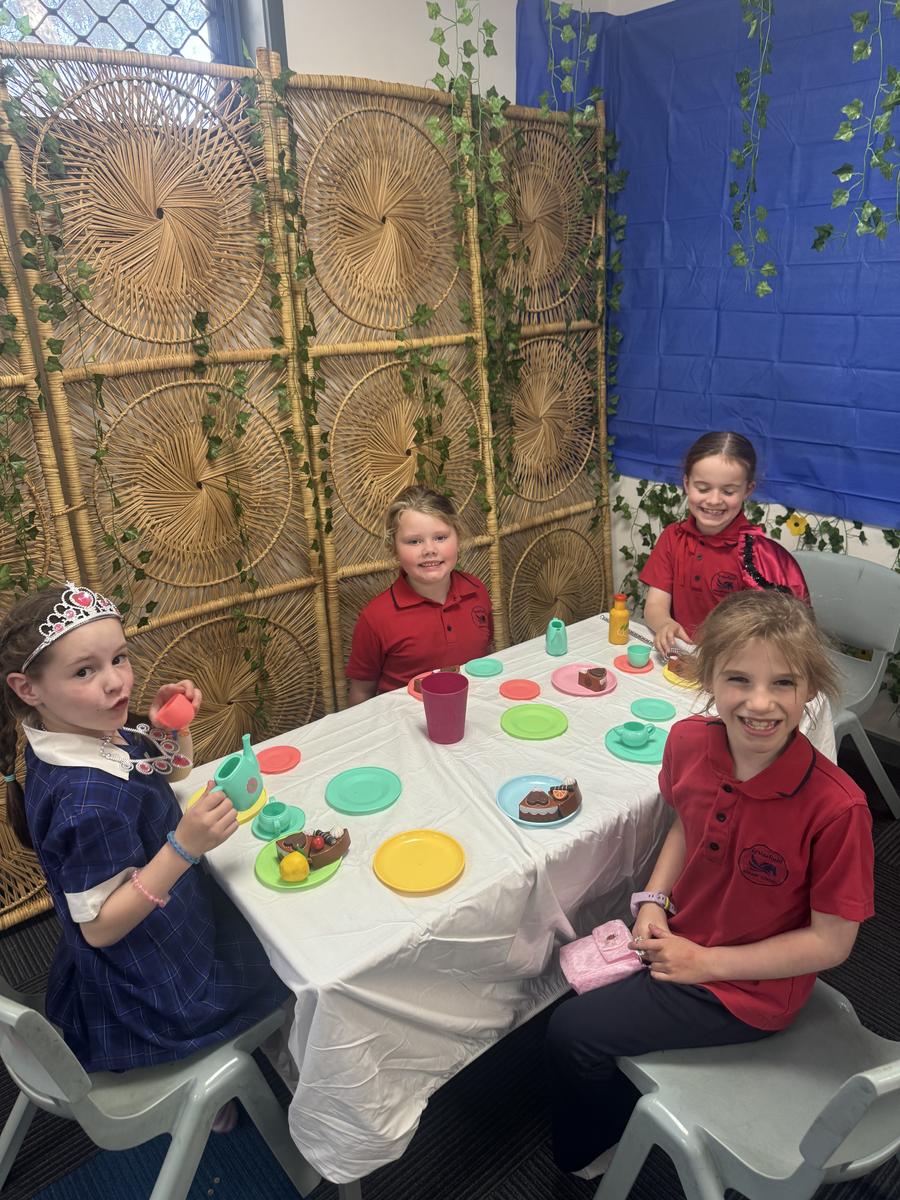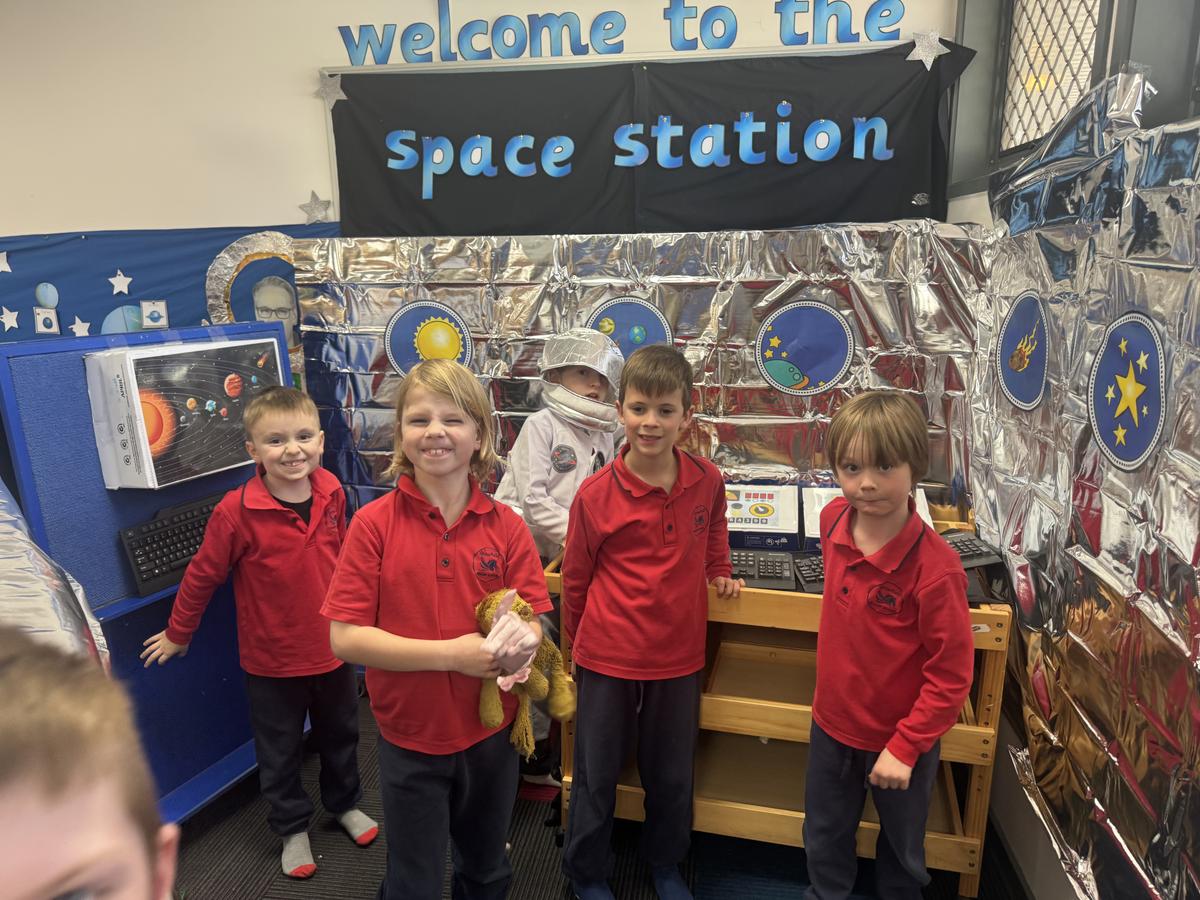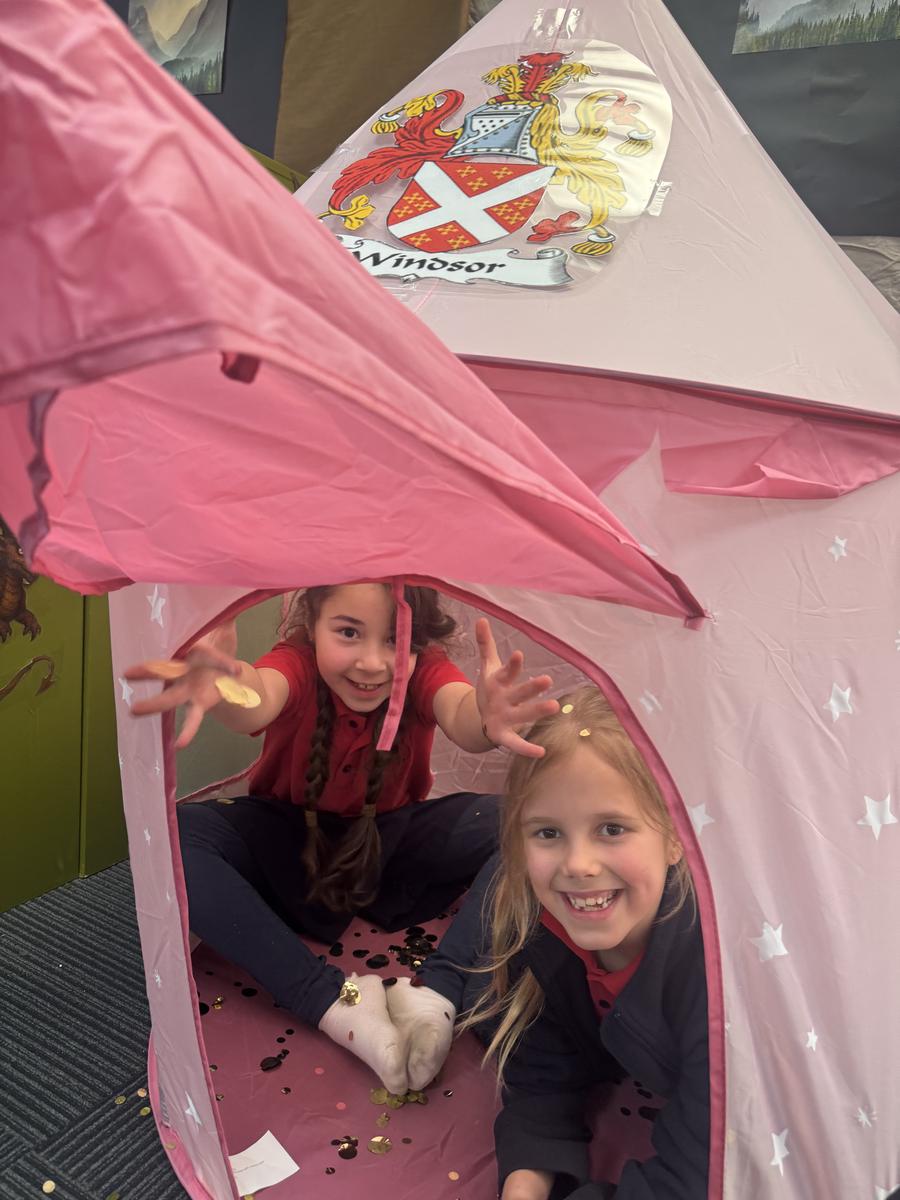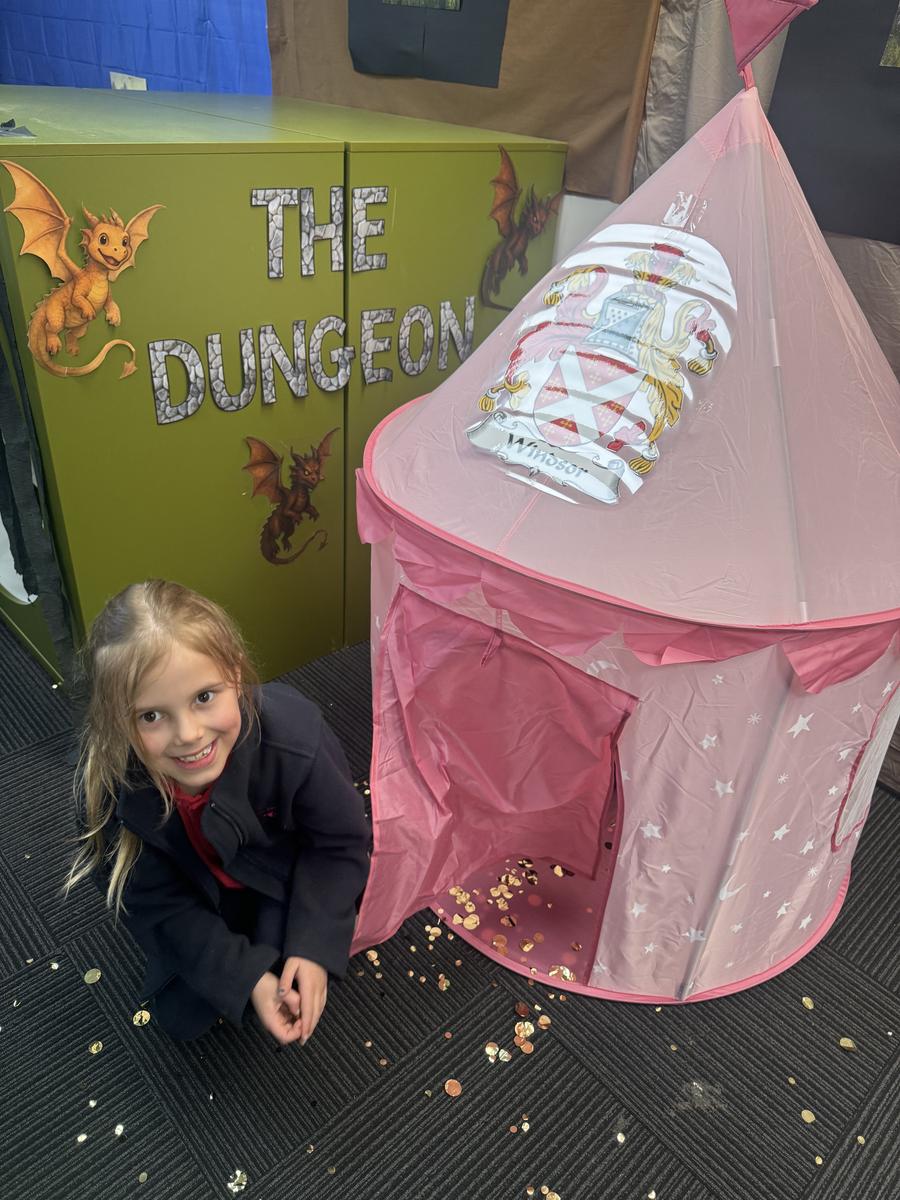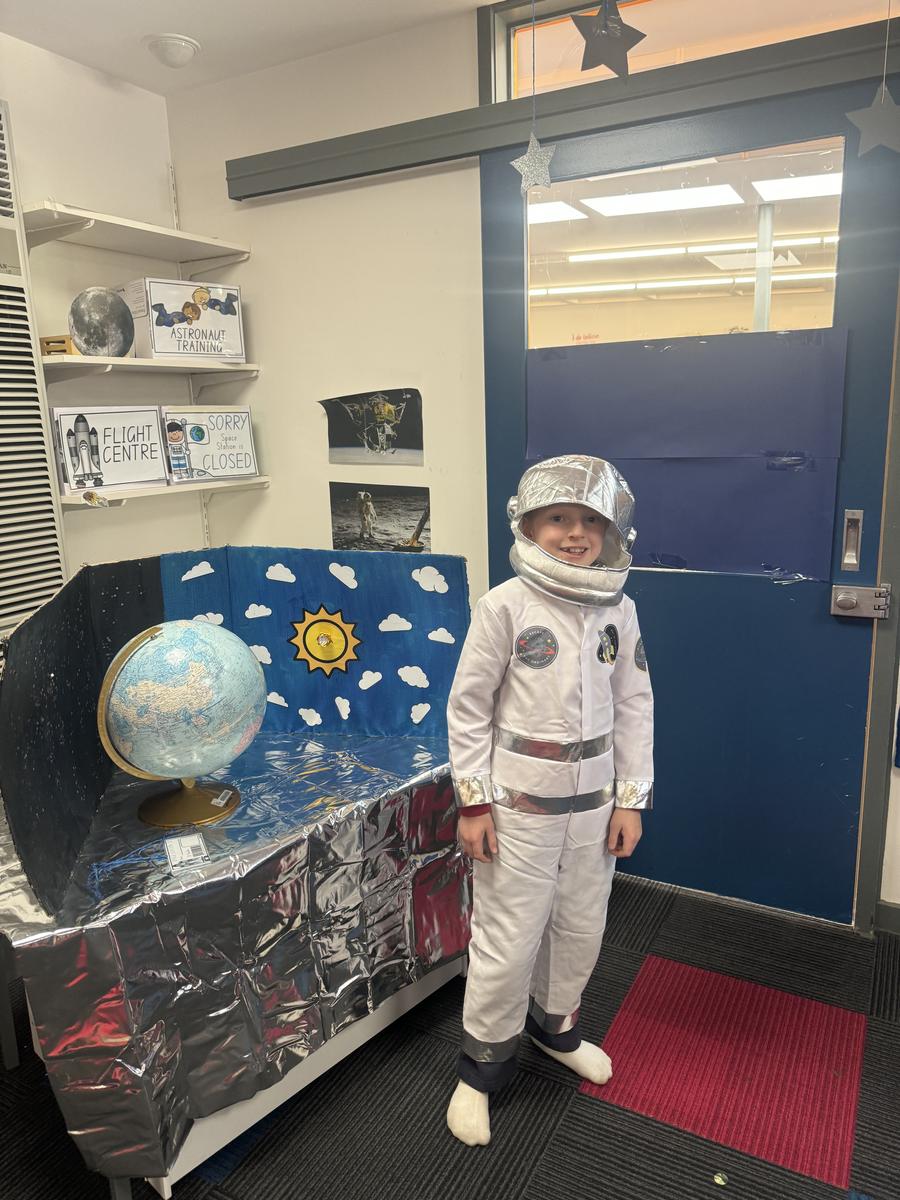Grade 1 News

📅 Important Dates & Reminders
All important dates and events are available on our Compass Calendar. Please check the calendar regularly to stay up to date.
Upcoming Dates and Key Information
Friday 31st October: Pyjama Day Dress Up
Tuesday 4th November: Melbourne Cup (Public Holiday)
Monday 10th November: Curriculum Day (Pupil Free Day)
Friday 14th November: Scienceworks Excursion
Friday 21st November: Literacy UP Session 2-2:30pm
Friday 28th November: P-2 House Athletics Day
Friday 28th November: Numeracy UP Session 2-2:30pm
Wednesday 3rd December: Market Day
Friday 5th December: Colour Run
Tuesday 9th December: Statewide Transition Day (Meet the Teacher 2026)
Wednesday 10th December: Christmas Concert 5:30-6:30pm
Friday 12th December: Meet the Teacher 2:00pm (2026)
Wednesday 17th December: Class Parties
Thursday 18th December: Last day of school for students (1:30pm Dismissal)
Friday 19th December: Curriculum Day (Pupil free day)
Library
Please refer to the timetable below for your child’s library day. Ensure your child brings their library bag each week so they can borrow books.
Take-Home Folders
Please remember to send your child’s take-home folder to school every day.
Homework
For homework in Grade 1 the expectation is that students will read their take-home book to an adult each day. Every student will receive a new book from their classroom on a Monday. Students will need to return their previous book before receiving a new book.
Here are some optional activities:
Learning in Action
📖 Literacy
Word Work
Students have been learning how to read and spell words and sentences that have the codes ‘ee’ and ‘ea’. For example; green, eat and treat. Students extended this by learning the different sounds ‘ea’ can make. For example ea like in ‘eat’, ea like in ‘head’ and ea like in ‘break’.
We also learned the codes ‘igh’ and practised how words can change by adding a suffix to the end.
Preview for learning: Next fortnight, students will be learning codes, ‘ough’, ‘oa’ and ‘oe’.
Sentence Level Writing
Over the past fortnight, Grade 1 students have been learning about the different types of sentences - statements, questions, commands, and exclamations and which punctuation we need to use for each. Students have been exploring the different sentence types using picture prompts and picture story books. In addition to this, Grade 1 students have been completing sentences when provided with but, because, and so sentence stems. Students have practised writing compound and complex sentences.
Preview for learning:
Over the next few weeks, Grade 1 students will continue to complete sentences when provided with but, because, and so sentence stems. They will also explore completing sentence stems containing one of the following subordinate conjunctions: before, after, if or when. E.g. After we brush our teeth…
Handwriting
Students have now learnt all letters of the alphabet and will be revising each one multiple times throughout the term to improve their letter formation and overall quality of handwriting.
Literature
We learnt about identity, self-expression, and belonging through the story The Boy Who Tried to Shrink His Name. Over the first nine lessons, we explored how names are important to our sense of self and how they connect us to family and culture. We discussed how the main character felt about his name and reflected on our own names and what they mean to us. We also practised expressing our feelings, recognising similarities and differences between ourselves and others, and showing respect for the choices and identities of our classmates.
Preview for learning: We will learn about courage, resilience, and taking risks safely through the story Jetty Jumping. Over the first five lessons, we will explore how the main character faces challenges and overcomes fears, and we will discuss times when we might feel nervous about trying new things.
Knowledge Rich
Changing Families
Over the past fortnight, students have been learning about changing families. This unit aimed to help Year 1 students explore the differences in family structures and roles both in the
present and the past. Students learnt about various family types and compared them with families from previous generations. They examined the changes and continuities in family life, daily routines, and traditions over time. Additionally, students investigated the importance of caring for places and spaces that are significant to them and considered how they can positively influence the future.
Over the unit, students:
- Identified and classified various family structures (e.g., nuclear, single-parent, extended) via descriptions and illustrations.
- Identified common roles for family members, noting those that reflect their family.
- Compared past and present family activities and traditions.
- Discussed historical changes in daily life at home and school.
Preview for learning: Students will begin their Astronomy unit, where they will learn that the sun, moon, and stars are in outer space, with the sun classified as a star and as a vital source of energy, light, and heat. They will recognise Earth as a planet and our home, and discover that its rotation causes day and night, meaning while we have daytime, other parts of the world experience nighttime. They will also explore how sunrise and sunset occur and understand that Earth orbits the sun.
➗ Maths
This fortnight, our Year 1 students explored two engaging units: Data and Location. Both units encouraged curiosity, problem-solving, and real-world connections as students developed key skills in observing, organising, and describing the world around them.
In our Data unit, students learned how to collect, organise, and interpret information to answer questions. They gathered data using tally marks and picture charts, then represented their findings in simple graphs. Through hands-on activities, they enjoyed sorting and displaying information about familiar topics like favourite foods and discovered how data helps people make decisions in everyday life.
In our Location unit, students explored places and spaces in their classroom, school, and local environment. They used positional and directional language (such as next to, behind, left, right) to describe locations and movement. Students created simple maps and plans, followed and gave directions, and discussed how maps help us navigate and understand the world.
These two units helped students build strong spatial and analytical thinking skills, while deepening their awareness of how information and location shape the way we see and interact with our surroundings.
Preview for learning: Over the next fortnight, students will be engaging in a unit about time. They will be learning about the days of the week, the order of the months, how many days in a month, leap years and how to read an analogue clock.
Wellbeing
Over the past fortnight, students built on their understanding of personal identity by exploring the similarities and differences between themselves and others. Students began to recognise and question simple stereotypes about what boys and girls “should” do, wear, or enjoy. The lesson encouraged children to understand that everyone can choose activities, roles, and interests that suit them, regardless of gender.
Our focuses were:
- To recognise that people may share common interests, strengths, and qualities.
- To understand that differences between people (such as appearance, preferences, and abilities) are natural and should be respected.
- To practise valuing diversity within the classroom.
- To identify common gender stereotypes in stories, media, and play.
- To challenge the idea that some activities, jobs, or toys are only for boys or only for girls.
- To promote respect and acceptance of diverse interests and choices.
Additionally, students learnt that courage is an important part of being a good friend. It helps children understand that showing courage can mean standing up for themselves, supporting others, or trying new things in friendships.
Our focuses were:
- To explore what courage looks like in everyday friendships.
- To recognise times when it might feel hard to do the right thing, and how courage helps.
- To practise simple strategies for being brave in social situations.
Preview for learning: We will learn how to respect others and value individuality by drawing on our understanding of identity, similarities and differences, and stereotypes. We will practise inclusive behaviours that help everyone feel safe, accepted, and valued in the classroom and playground. We will also explore how friendships are not only about two people but about being part of a wider community, recognising that our actions can contribute to a safe, caring, and supportive classroom where everyone feels connected.
Curious Corner
The curious corner has been updated to reflect our term's Knowledge Rich Units. Here are some photos of our students enjoying the space!
From the Grade 1 teachers,
Miss Albanese, Ms Holmes and Miss Kitteringham
